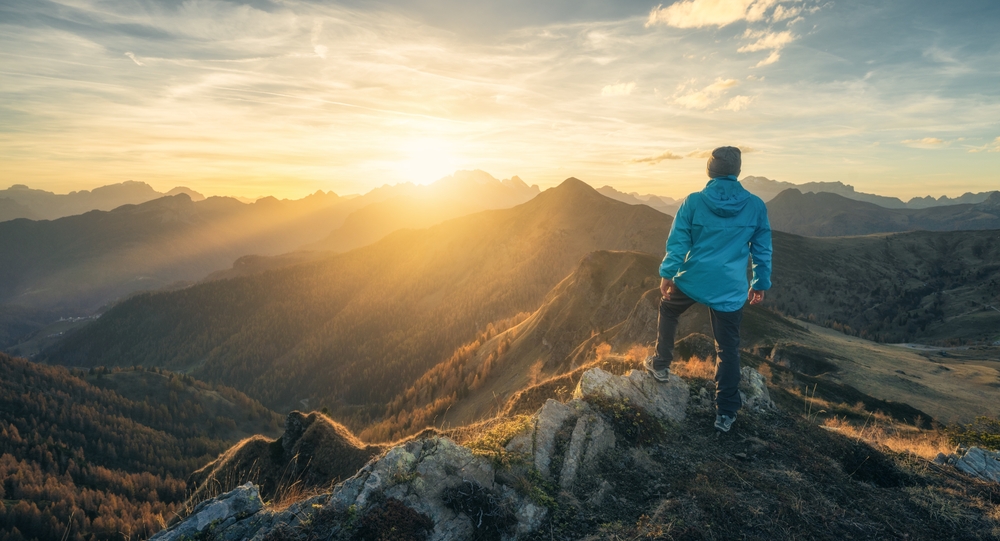They may be breathtaking, but these iconic destinations can also be deadly.
Others are reading now
Natural wonders often top travel bucket lists for their jaw-dropping beauty. But behind every perfect Instagram shot lies a potential threat to visitors’ safety.
A new ranking from vacation rental platform Holidu reveals the five most dangerous natural sites around the world, based on the number of accidents, deaths, and visitor numbers.
1. Mont Blanc, France/Italy
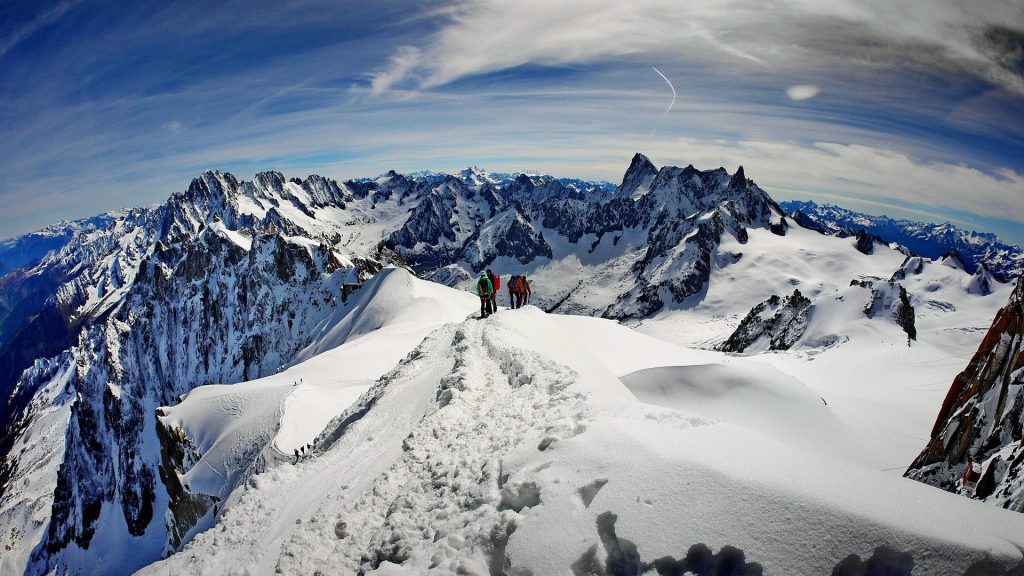
At 4,810 meters, Mont Blanc is the highest peak in the Alps and a magnet for climbers.
Every year, around 25,000 to 30,000 adventurers try to reach the summit, many underestimating the mountain’s extreme conditions. Harsh weather, falling rocks, shifting glaciers, and the effects of high altitude are a deadly combination.
Also read
Around 100 people die on Mont Blanc annually—more than at any other site on this list.
Climate change has only made things worse, with thawing permafrost destabilizing rock faces. French authorities have even begun advising against using the main ascent route due to the mounting dangers.
2. Ben Nevis, Scotland
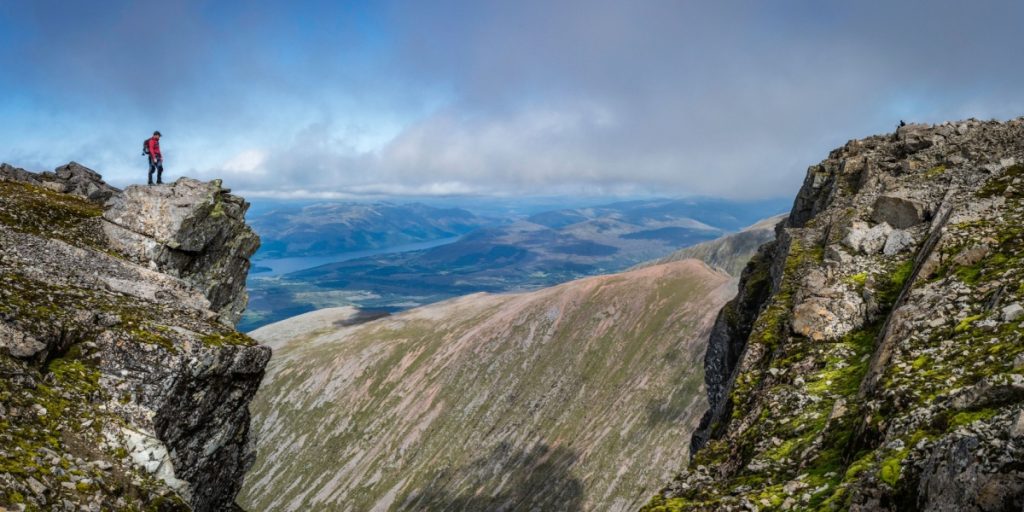
At 1,345 meters, Ben Nevis might seem tame next to Mont Blanc, but it’s just as treacherous.
Nicknamed “Scotland’s Killer Mountain,” it takes second place on the list thanks to its volatile weather.
Even on the popular “Tourist Track,” sudden fog, high winds, and snowstorms can quickly turn deadly for less experienced hikers.
Despite its lower height, Ben Nevis still claims about three lives per year, making it one of the most deceptively dangerous destinations in Europe.
3. Mount Fuji, Japan
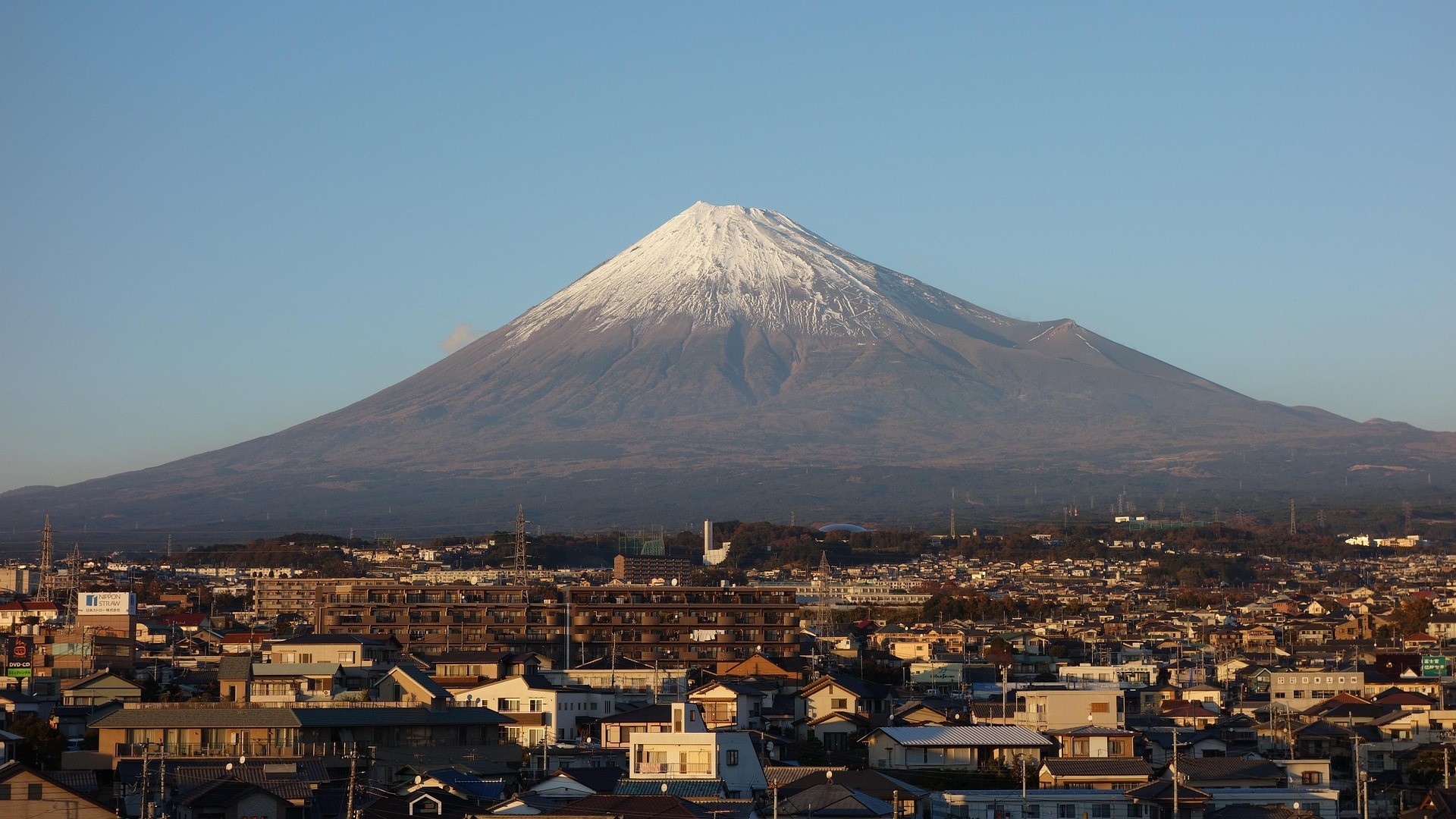
Japan’s iconic Mount Fuji ranks third on the list.
Its almost symmetrical cone and snow-capped summit attract hundreds of thousands of climbers annually.
While volcanic eruption risks are currently low, it’s the rapidly shifting weather, cold temperatures, and high winds that pose the biggest threat.
Fuji sees an average of seven fatalities a year.
Authorities are taking steps to manage the risks, introducing a daily visitor cap of 4,000 since July 2024 and a new €24 climbing fee starting in July 2025.
4. Mount Everest, Nepal/China
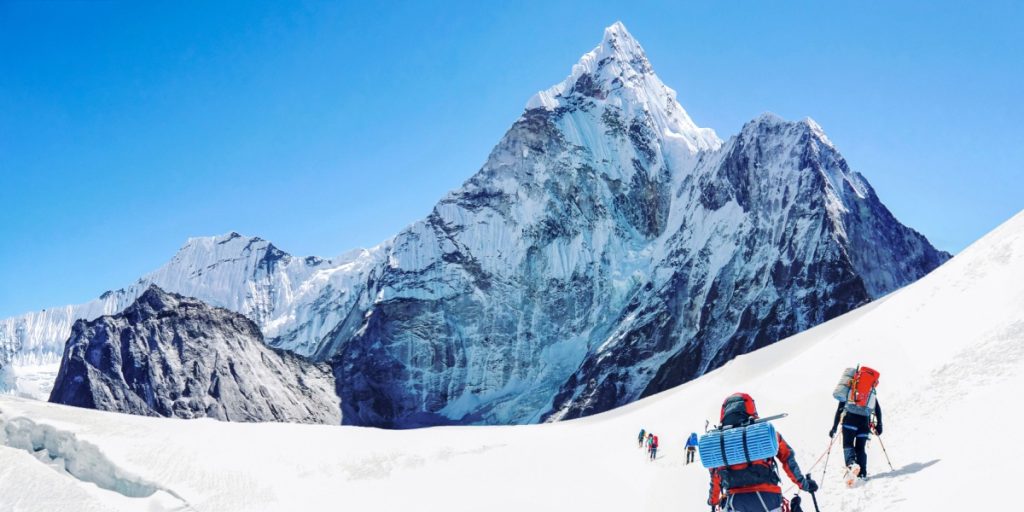
Few names carry the same weight as Mount Everest, and its inclusion in fourth place comes as no surprise.
At 8,848 meters, it’s the highest mountain on Earth. And one of the deadliest.
The “death zone” above 8,000 meters has such low oxygen levels that any delay or mishap can prove fatal.
Each year, around 800 climbers attempt the summit, and on average, eight die trying.
Bottlenecks at high altitudes have become a growing issue, with climbers forced to wait in dangerously thin air just meters from the top.
5. Kilimanjaro, Tanzania
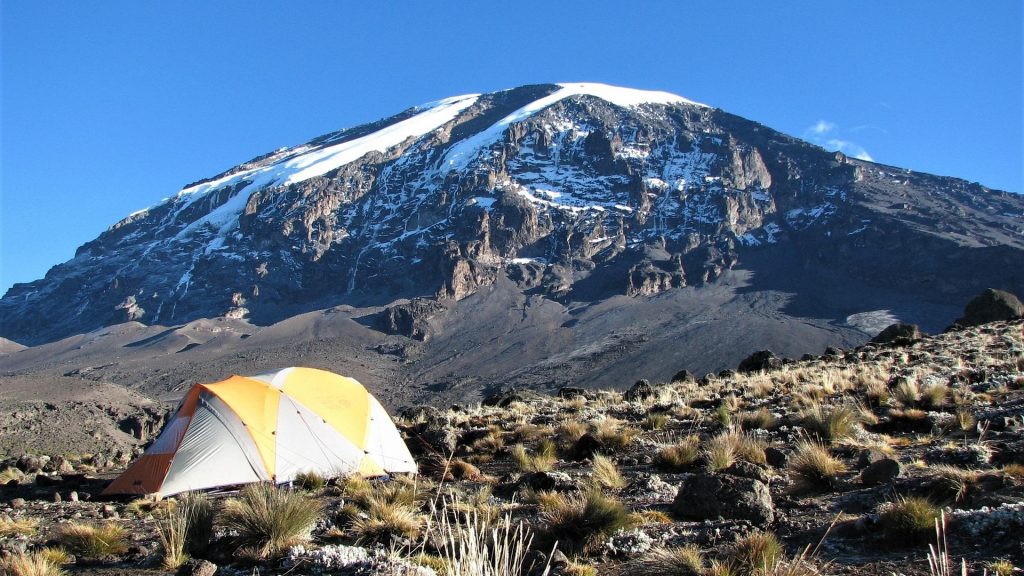
Completing the list is Africa’s tallest peak: Kilimanjaro.
Standing at 5,895 meters, the mountain is often seen as a more approachable climb, attracting many first-time trekkers.
Only guided tours are allowed, and trekkers journey through drastically different climate zones, from humid rainforest to icy alpine terrain.
Altitude sickness, exhaustion, and rapid weather changes are common—and sometimes fatal.
Between three and ten climbers lose their lives on Kilimanjaro each year.
Don’t Let the View Fool You
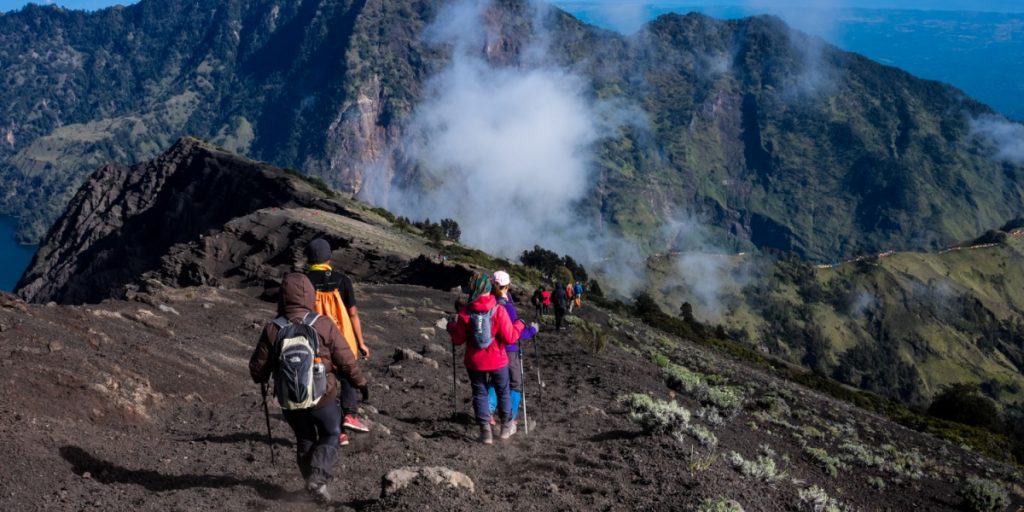
These five destinations are proof that even nature’s most stunning masterpieces can turn deadly without proper planning, experience, and respect for the environment.
Whether you’re scaling a mountain or admiring it from below, being informed and prepared can make all the difference.
The article is based on information from Esquire.

